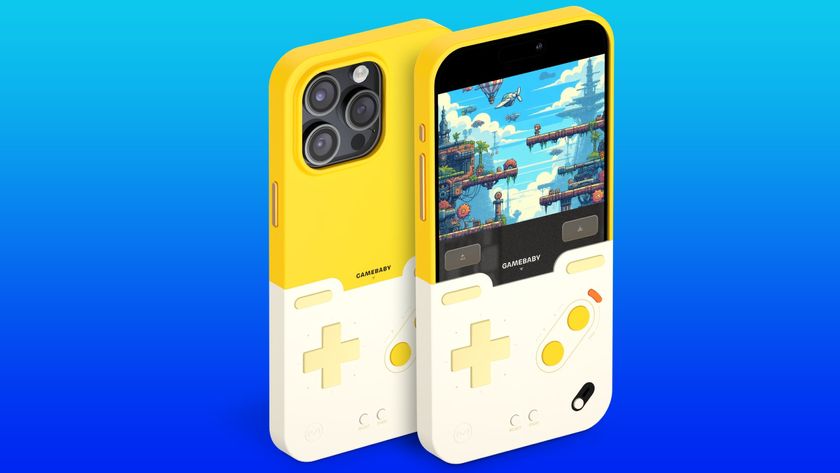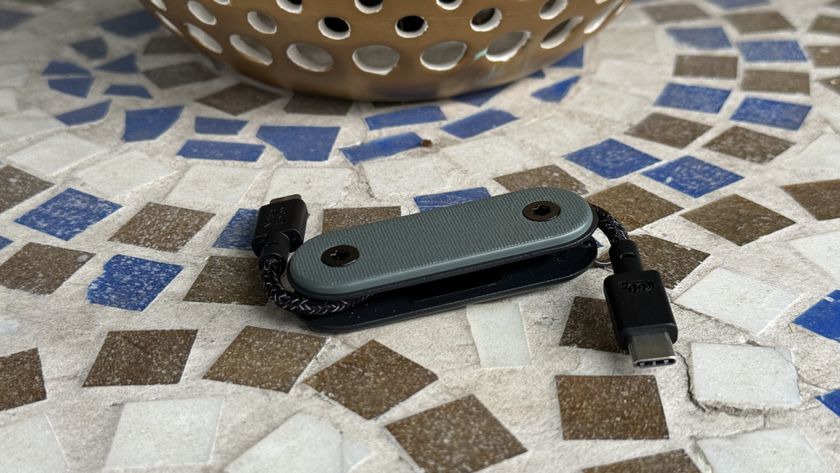iPhone 4S 8MP camera hands on
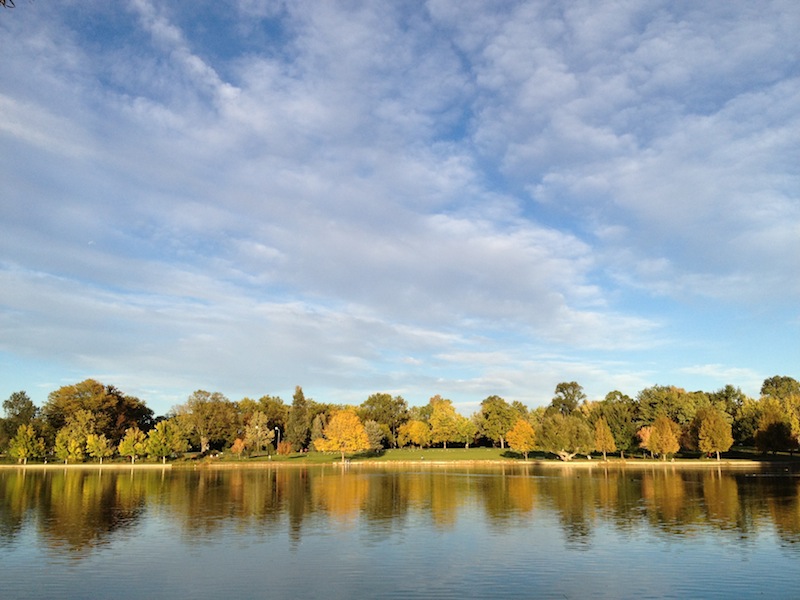
One of the new features of the iPhone 4S is an 8 megapixel camera equipped with a fast f/2.4 lens. Without question, this was the feature I was most excited about, and I almost immediately started snapping pics.
For sample photos and a summary of my thoughts, follow along after the break! (All photos are original; none have been edited in any way beyond being resized to fit the page.)
Landscapes
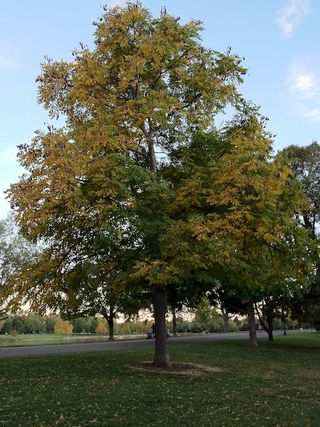
The iPhone 4S does a phenomenal job with landscapes. These have the potential of being tricky for cameras because of the broad range of lights and darks, but even with HDR turned off, the iPhone 4S produces great results. The two photos above were taken without use of HDR.
HDR

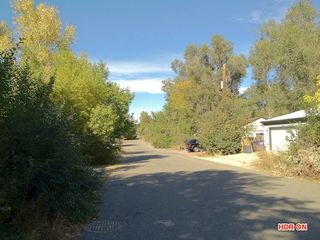
That leads us to HDR. HDR stands for High Dynamic Range and refers to the range between the darkest part of the photo and the brightest part of the photo. Camera sensors can only record so much of this range, so if a photo's dynamic range is too big, darks will be too dark and brights will be too bright. With HDR enabled, however, the iPhone 4S will take two photos, one exposed for the darks, and one exposed for the brights, and merge them together as one photo.
The photos above, although not the most interesting of subjects, does a great job of demonstrating the capabilities of the iPhone 4S HDR. The first photo was exposing for the shade, and thus blew out the sky. With HDR turned on, both the shade and sky look good.
Movement

Since the iPhone 4S is equipped with an f/2.4 lens, it has the ability to let in more light and speed up the shutter speed. Theoretically, this would mean that the iPhone 4S should do a better job of freezing motion. Without having full control of the settings, however, this can be hard to achieve.
In the end, I'm impressed with how the iPhone 4S handles motion. The above pic does have a little motion blur, especially on my face, but it's not too bad. Below is a picture of my daughter that I took while she was bouncing up and down. On the iPhone 4, it would have never come out that clear.
Master your iPhone in minutes
iMore offers spot-on advice and guidance from our team of experts, with decades of Apple device experience to lean on. Learn more with iMore!
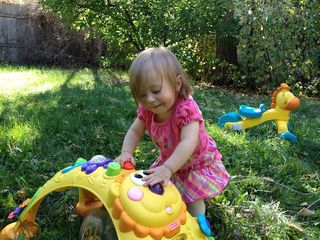
Face Detection
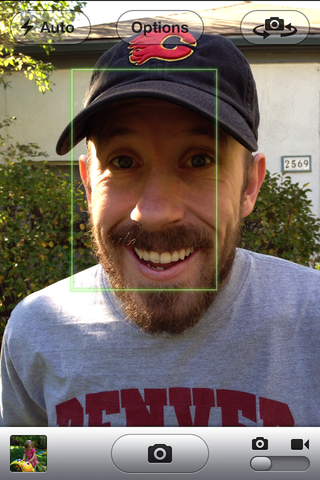
The iPhone 4S now has the ability detect faces and use them as the focus and exposure point. It works great! I was impressed with how it recognized my daughter's face even when she was moving around or when I was taking a profile shot with only one eye visible.
Macro
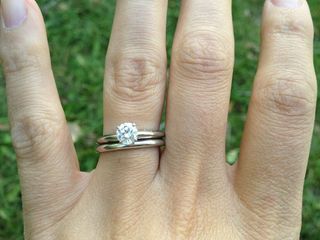
The Macro capabilities of the iPhone 4S camera are very impressive - when it can lock a focus, that is. Unfortunately, I was continually disappointed with the iPhone 4S's inability to focus. I understand for objects that are very tiny and blend in with the background, but the camera even struggled with focusing on larger items that stood out from the background, like in the following image.

Digital Zoom
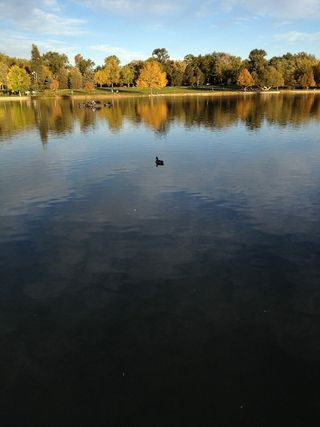

First of all, it's important to emphasize that the iPhone 4S is equipped with a 5x digital zoom, not optical zoom. The difference is that the lens is not capable of zooming, but the software is. So using the digital zoom on the iPhone 4S is equivalent to taking the photo without the zoom and cropping it. This greatly reduces the quality of the photo and there are very few situations where you would want to use the digital zoom.
However, since the iPhone 4S has been upgraded to an 8 megapixel camera, there is an improvement to the digital zoom over the iPhone 4. The first photo above was taken with 0x zoom and the second one was taken with 5x zoom. You can see obvious damage done to the quality of the image, but it is, admittedly, better than I was expecting. I also believe that this is an example of a situation where you might want to use the digital zoom if you wanted to, say, show your kids a picture of the duck you saw earlier in the day.
Low Light

The iPhone 4 has a great camera, but it was always lacking in low light situations. I was very excited to test out the iPhone 4S in low light since it's equipped with an f/2.4 lens and better sensor. I am definitely impressed with the improvement. My living room has the worst lighting on the planet and I could never get a decent photo of my daughter with the iPhone 4 while indoors at night. But with the iPhone 4S, I was able to capture the above shot! It doesn't take much movement to make your shots blurry, however, but that should be expected.
Here's an example of a macro shot in low, bad light.
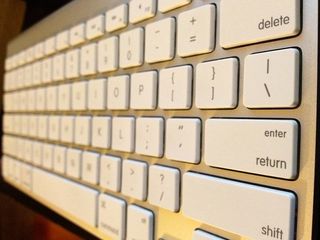
Flash

The last thing I tested was the flash and it worked well! Just as with the iPhone 4, it is very slow and your photos are guaranteed to show any small amount of motion blur. I tend to hate camera flashes, but if you're trying to capture a memory in a dark environment, it's often times your only choice. For those times, the flash on the iPhone 4S will get the job done.
Conclusion
The iPhone 4S is equipped with a very nice camera that takes beautiful photos. The macro lens has the potential to be incredible, but struggles with focus more than I was expecting. At 8 megapixels, the iPhone 4S has the ability to produce nice 8"x10" prints that can be displayed in your home.
The camera was the feature of the iPhone 4S I was looking forward to the most, and it has delivered - it turned out to be my favorite feature of the iPhone 4S. Yes, I like it even more than Siri.
Have you been taking some amazing shots with your iPhone 4S? Head on over to our forums to show them off!
Former app and photography editor at iMore, Leanna has since moved on to other endeavors. Mother, wife, mathamagician, even though she no longer writes for iMore you can still follow her on Twitter @llofte.

